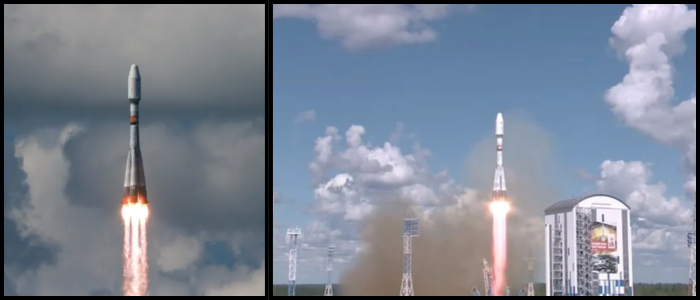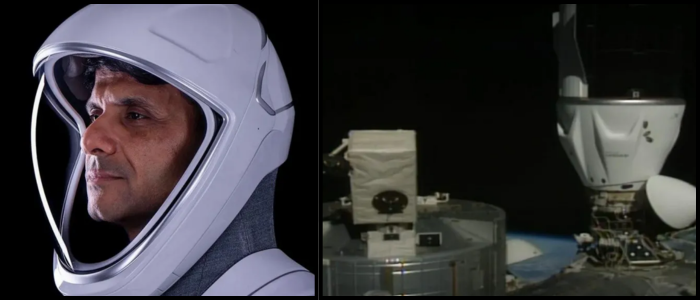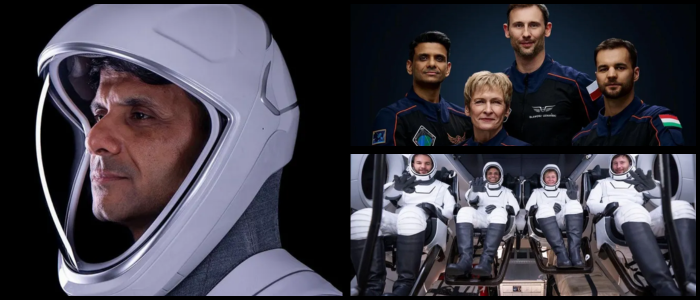This was yet another step for Iran in its endeavours to enhance its aerospace capabilities. The country has advertised its advances in satellite development and space launches in the past, attracting attention from major powers worried that such technology could be used for both civilian and military purposes.
Missile Prowess and Timing Worries
Western governments have long expressed concerns that the progress that Iran has made in space technology could usefully be applied to its ballistic missile program. Such fears are intensified in the wake of the fact that many of the technologies that are utilised in space and to help launch satellites into space can be used in military terms, particularly long-range missiles.
The launch comes as Iran and three European countries — Britain, France and Germany — are trying to restart negotiations over a nuclear deal. The discussions, which started Friday morning in Istanbul, came after heightened tensions stemming from Israeli airstrikes in Iranian territory in mid-June. That conflict, which lasted 12 days, drew the United States into the war with strikes on Iranian nuclear facilities.
Aerospace Progress and Recent Developments
Iran has been expanding its space programme in recent years. In December, it said it had successfully launched its heaviest satellite-carrying rocket, one produced in the country to date. In September, Iran placed the Chamran-1 research satellite into orbit with the Ghaem-100 launcher, developed by the aerospace division of the Islamic Revolutionary Guard Corps.
The advances underscore Iran's expanding technological capabilities in spite of increasing international pushback and pressure from the US over its space program.
Tech

Russia Launches Iran's Nahid-2 Satellite into Space

A Russian Soyuz rocket has taken Iran's Nahid-2 communications satellite into space as part of a Russian mission to the International Space Station (ISS), Russia's RIA news agency reported. The launch occurred at Russia's Vostochny Cosmodrome, Iran's state media said. Designed and manufactured by Iranians, the 110-kilogram (240-pound) Nahid-2 was also designed and manufactured by Iranian experts.















